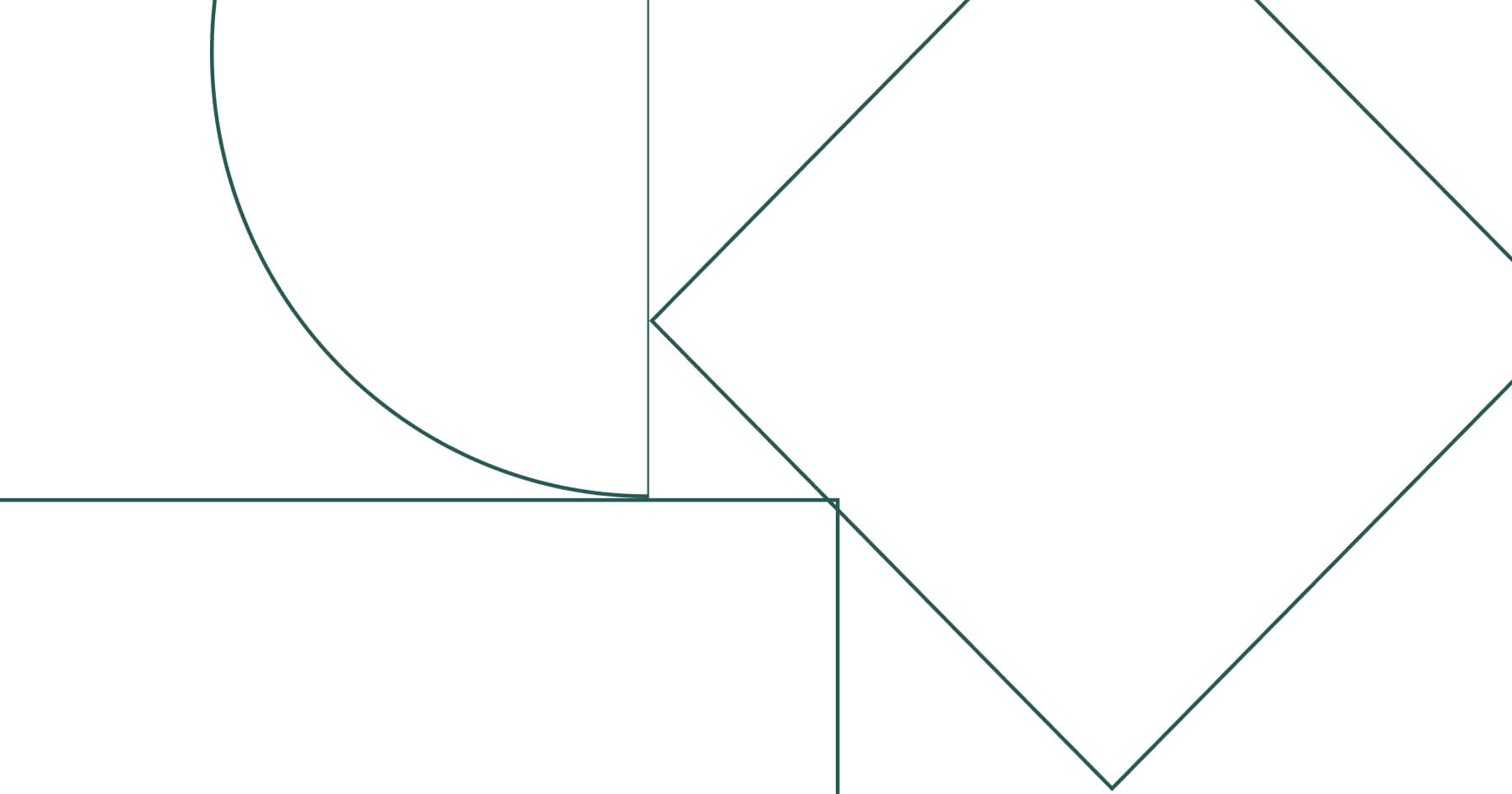
About
Supporting Research & Innovation in the U.S.
What is the STEM Research Initiative and ResearcherUSA.com?
The STEM Research Initiative is part of the U.S. Department of State’s Exchange Visitor Program. Allowing global experts to stay in the U.S. for up to five years, this program helps facilitate meaningful collaboration between U.S.-based companies, institutions and foreign nationals involved in research and development to leverage exchange of ideas and fuel innovation worldwide.
Whether information is sought by employers, lawyers, international STEM experts, recent graduates of STEM degree programs, state, local or federal government actors, multilateral organizations, universities, or others – the ResearcherUSA.com site provides a “one-stop shop” on the STEM Research Initiative, including resources directly from the U.S. Department of State’s own FAQs.
Sponsoring Organizations
The researcherusa.com site was developed by a group of nonprofit exchange visitor program sponsors looking to better ensure access to fulsome information about how the STEM Research Initiative can be utilized by U.S. companies of every size, geography, and sector.
Goals for the STEM Research Initiative:

Foster stronger global collaboration

Increase mutual understanding between U.S. citizens and citizens of other countries

Improve competitiveness

Support an increase in science, technology, engineering, and mathematics (STEM) students, professionals, and exchange visitors on educational and cultural exchange programs in the United States

Bring fresh ideas, perspectives, and approaches to:
- U.S.-based companies and their employees
- U.S. institutions and their scholars, researchers, and faculty
- Innovation hubs and incubators
- The nation’s innovation ecosystem
Why STEM Research Initiative?
In 2022, the U.S. Department of State’s Bureau of Educational and Cultural Affairs announced the STEM Research Initiative. Working in collaboration with designated program sponsors, the initiative was designed to support U.S. companies and institutions interested in hosting J-1 visa exchange visitors in STEM fields to add a global perspective to STEM R&D being conducted by private businesses across America.
The STEM Research Initiative was initially devised by the State Department in collaboration with the White House Office of Science and Technology Policy based on the recognition that when people come to the United States to study, to take part in science and technology endeavors, and to build ties between cultures and countries, this benefits America and Americans.


The STEM Research Initiative was designed to create opportunities for companies to broaden networks and tap into the global marketplace of talent, and to allow U.S. businesses of any size to work with people who bring a different lens, different background, and different perspective. Leveraging the existing J-1 Research Scholar program and existing regulations governing that program, the initiative was developed as a way to expand eligibility and remove barriers to participation, so more U.S. organizations could benefit.
One of America’s greatest competitive advantages is its ability to attract innovators and entrepreneurs from all over the world. By making key policy changes and establishing the STEM Research initiative, the United States has successfully carved out new avenues for businesses and institutions to connect with talented global researchers and other highly skilled individuals in STEM fields.


Participate in the STEM Research Initiative
If you’re a U.S.-based company, institution, or a foreign researcher interested in participating in the J-1 STEM Research Initiative, find out how you can get started by selecting one of the participation categories below.
If you are a STEM participant, sign up at STEMTalentConnect.com to start your journey.
FAQs from State Department
Want to read other user-specific FAQs?
I represent a STEM business. Why should I participate in the STEM Initiative?
The Department created a webpage for the STEM Research Initiative so that interested businesses could easily find BridgeUSA sponsors. If a business is not already hosting exchange visitors through a BridgeUSA sponsor or if it is interested in exploring new options, host organizations are encouraged to interview several BridgeUSA sponsors to determine the best fit for their organization. For you, these exchanges mean bringing a global perspective into your operations‚ diversifying your teams, enhancing your innovation, and building your global network.
If a Department-designated university sponsor currently has J-1 Research Scholars on campus and those exchange visitors would like to continue their research off campus with a U.S.-based STEM business, can the university still be their sponsor?
Yes. A J-1 Research Scholar can continue their research off campus with a STEM business if the primary objective of the exchange will remain the same e.g., to research a particular subject. Department-designated sponsors must have robust procedures in place to confirm the bona fides of any host organization, lab, or office that will serve as a host organization for their exchange visitors. Sponsors must add the site of activity in the exchange visitor’s SEVIS record and may amend thelength of an exchange visitors’ program in SEVIS within the category’s maximum duration to avail of new eligible sites of activity (e.g., a STEM business). Once the SEVIS record is amended, the sponsor should issue an updated Form DS-2019 to the exchange visitor. While not required, any program sponsor can charge a fee for participating host companies or individual J-1 exchange visitors. Sponsors should properly disclose any fee in their program materials.
If a research scholar will receive wages or other remuneration from a host organization, what process do sponsors have to follow for that?
Host organizations (e.g., STEM businesses) can pay wages or other remuneration directly to research scholars during their programs. Sponsors should document the wages or other remuneration and update existing financial information in SEVIS for the selected exchange visitor. Sponsors should print updated Forms DS-2019, which will reflect the total financial support, sign it, and provide a copy to the exchange visitor.
If the sponsor is a Department-designated university, and the school already has J-1 research scholars on campus, may the school place the J-1 research scholar with an off-campus host organization?
Yes. A J-1 research scholar may continue their research off campus with a host organization if the primary objective of the exchange will remain the same (e.g., continuation of original research goals). Sponsors must add the additional site of activity in the exchange visitor’s SEVIS record and may amend the length of an exchange visitor’s program in SEVIS within the category’s maximum duration to avail of new eligible sites of activity (e.g., a STEM business). Once the SEVIS record is amended, the sponsor should issue an updated Form DS-2019 to the exchange visitor.
If the sponsor is a Department-designated university, may the school place the J-1 research scholar with a host that is off-campus?
Yes. The school may place the J-1 research scholar with an off-campus host as long as the research scholar is conducting research consistent with their original program objectives. The host organization does not need to have any affiliation with the school. Examples include a startup that is affiliated with a faculty member of the school or an affiliated or unaffiliated corporation performing research and development in the school’s regional area.












